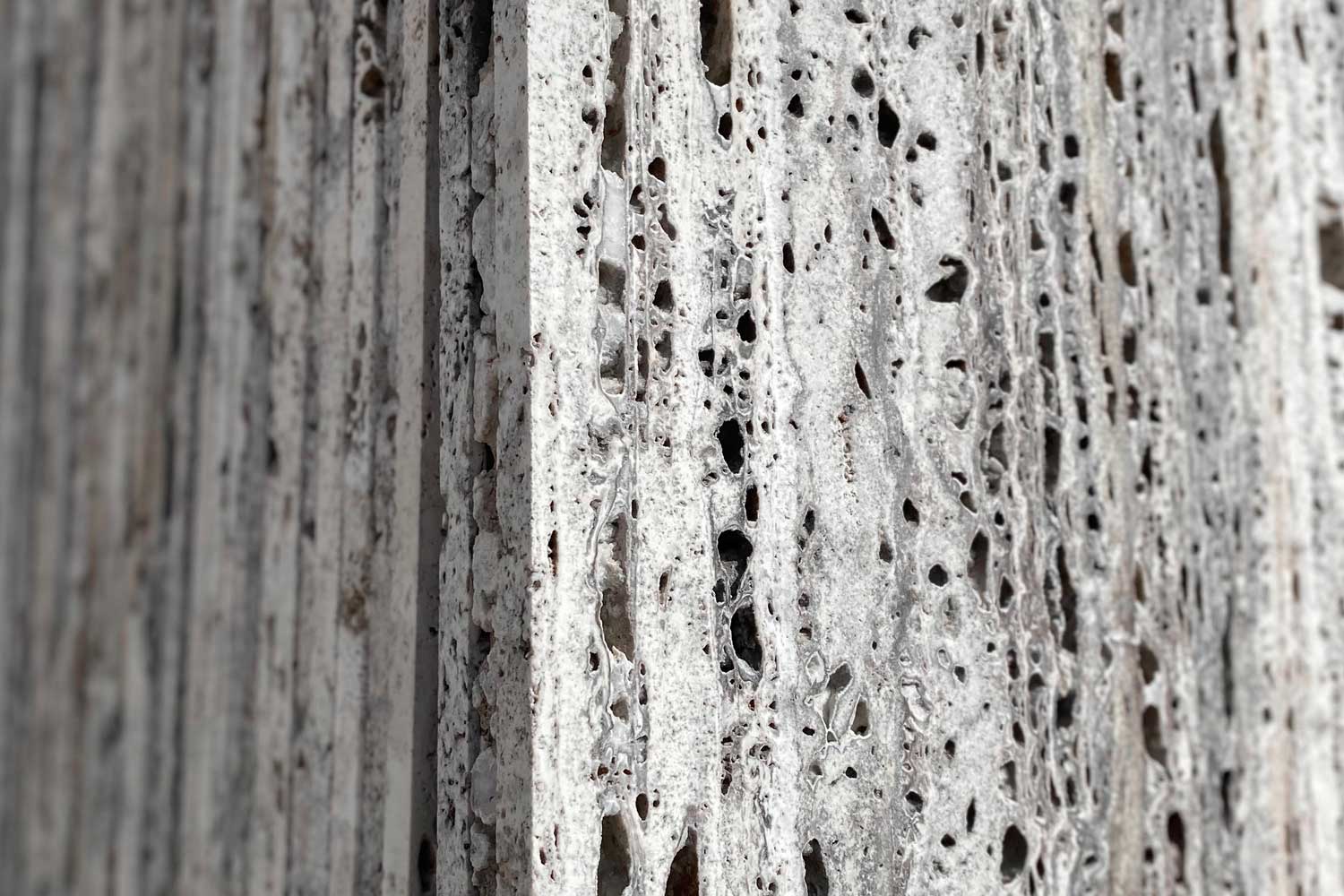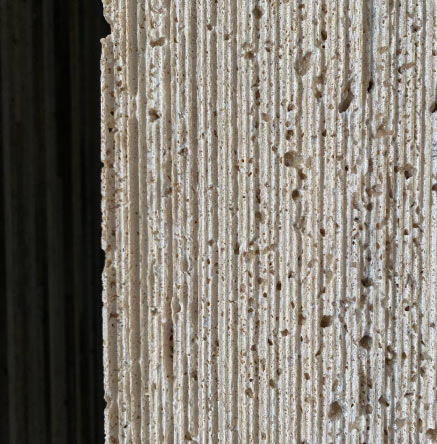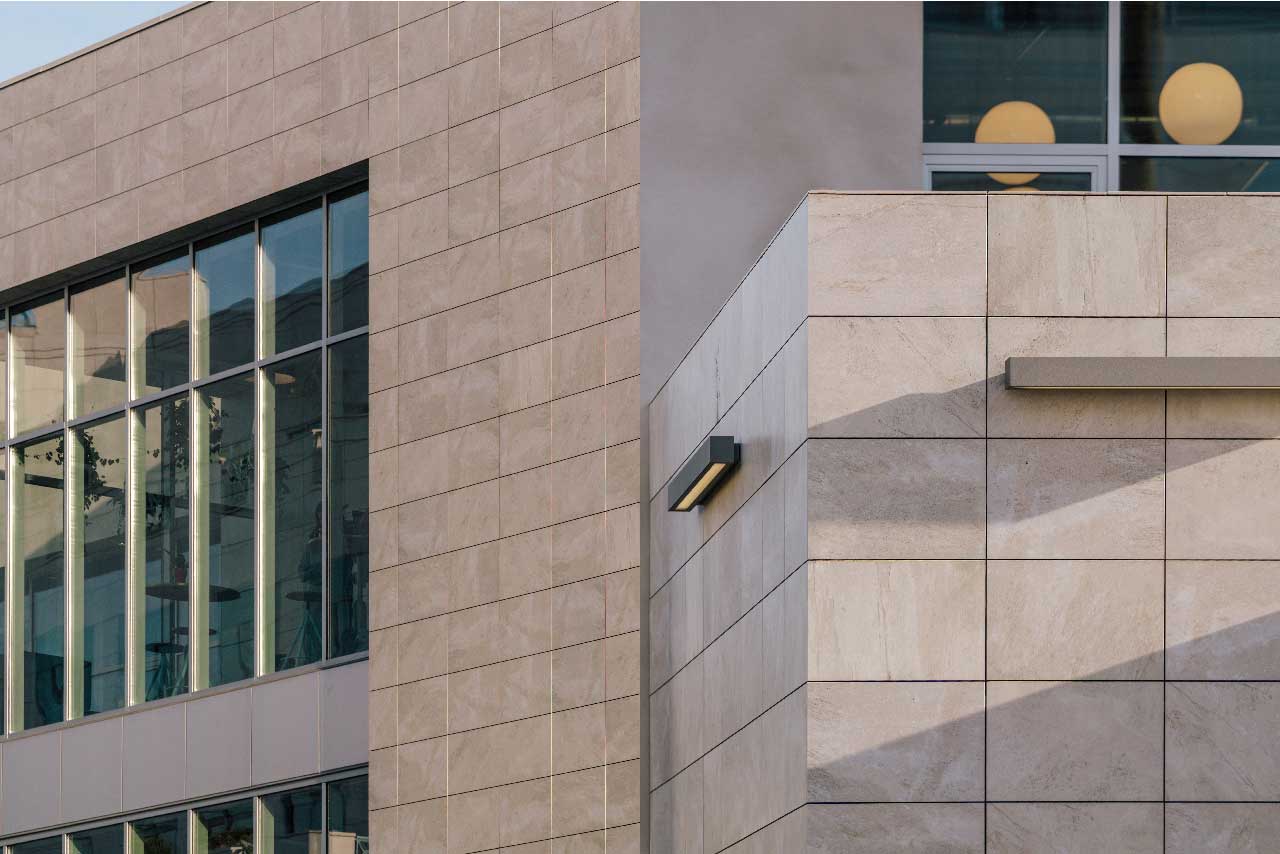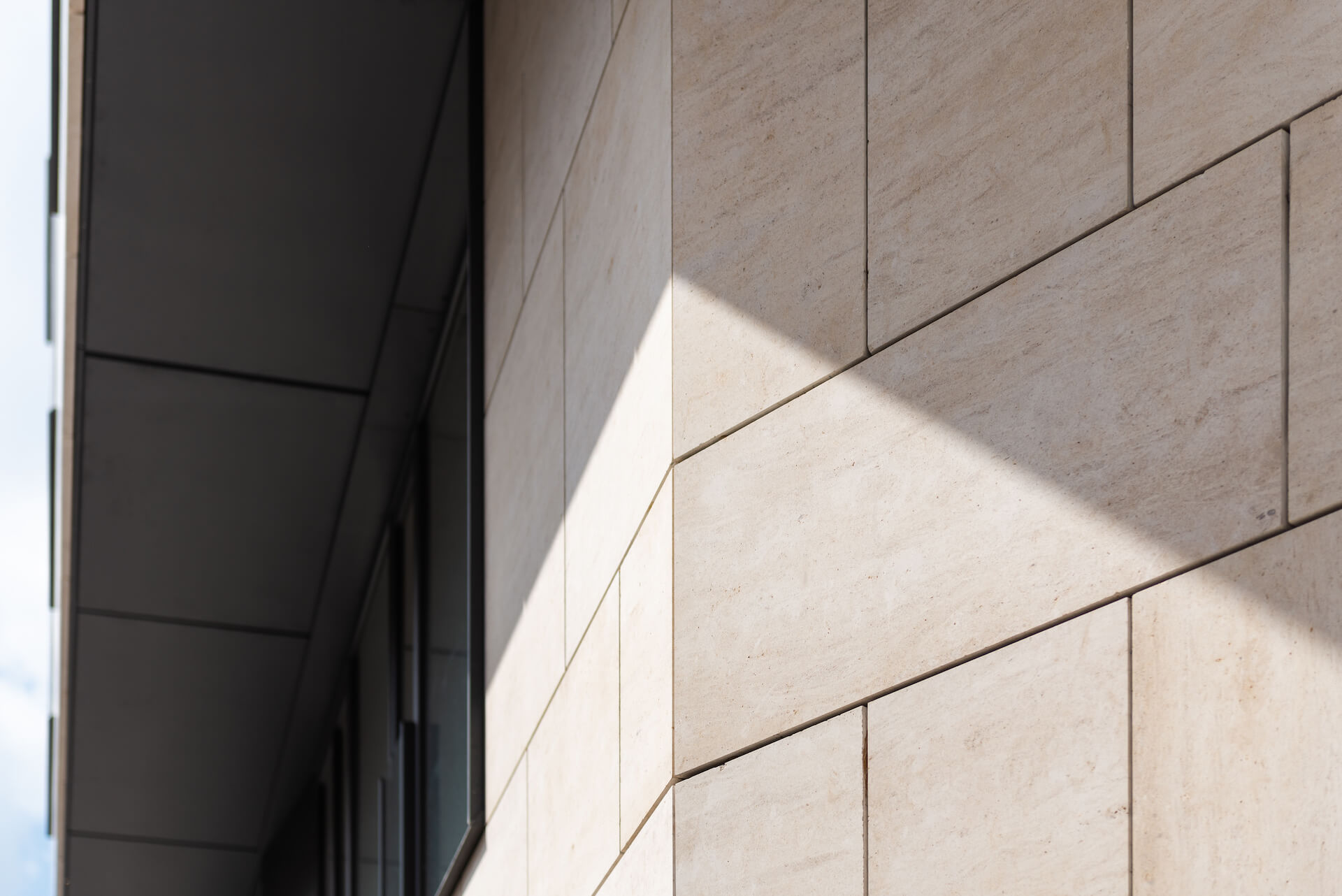
Building stones in Iran
According to international statistics, in terms of the number, variety and richness of building stone reserves, Iran is among the top 10 countries with rich reserves of decorative stones in the world.
The country of Iran is one of the few stone producing countries in the world, where about 10 million tons of all kinds of stones are extracted annually, but due to the low technology of exploiting mines and processing them in stone factories on the one hand and surpassing industrialized countries in the sector On the other hand, the processing and construction of stone industry machinery and the improvement of production standards have not been able to compete in the international arena.
In Iran, 40 types of building stones have been identified, and there are a variety of decorative and facade stone mines, including travertine, marble, porcelain, granite, and marble, with rich reserves and high color diversity, which ranks third after China and India. is the world
• The most precious decorative stones that can be found in Iran are types of onyx marble (light, green and colored), black and red marble and light travertine.
Color diversity is one of the effective factors in stone quality, Iran's construction mines have a high color diversity, and only in Birjand region, stones with 30 color spectrums are extracted. Because of the variety of colors; If Iran is not in the first place in the world in this field, it is undoubtedly in the second place.
History and antiquity
The land of Iran, with its ancient history, is home to historical buildings that display the artistic and cultural identity of our past ages.
Iran has a history of 7,000 years in the art of stonework, and the profession of stonework based on this art has a long history.
Iran has been using these resources for thousands of years and has been exporting this mineral for the last five hundred years. According to the historical writings, the export of building stones is known from before the Safavid era, and for example, stones such as Kerman marble were separated from the mountains of that area in the mountains and exported to Italy and other countries of the world on the shores of the Persian Gulf.
Building stones have been of considerable importance and value, it is worth noting that their use dates back to thousands of years BC.
For example, we can mention the ancient monuments of Persepolis and Susa in Iran.


